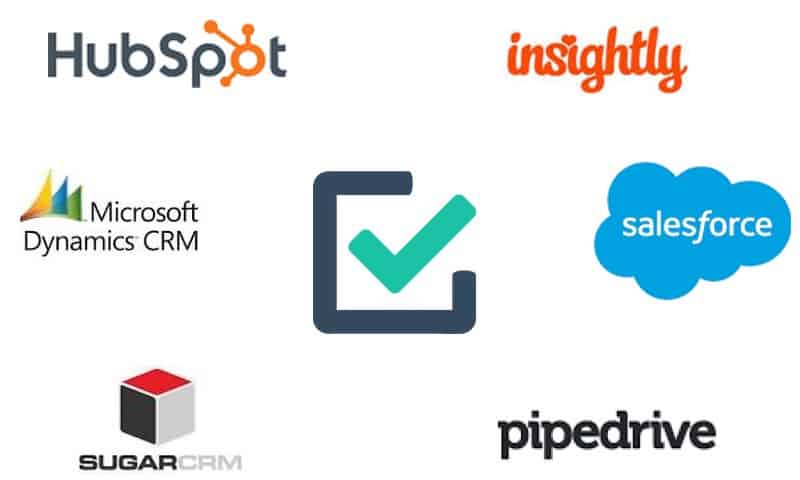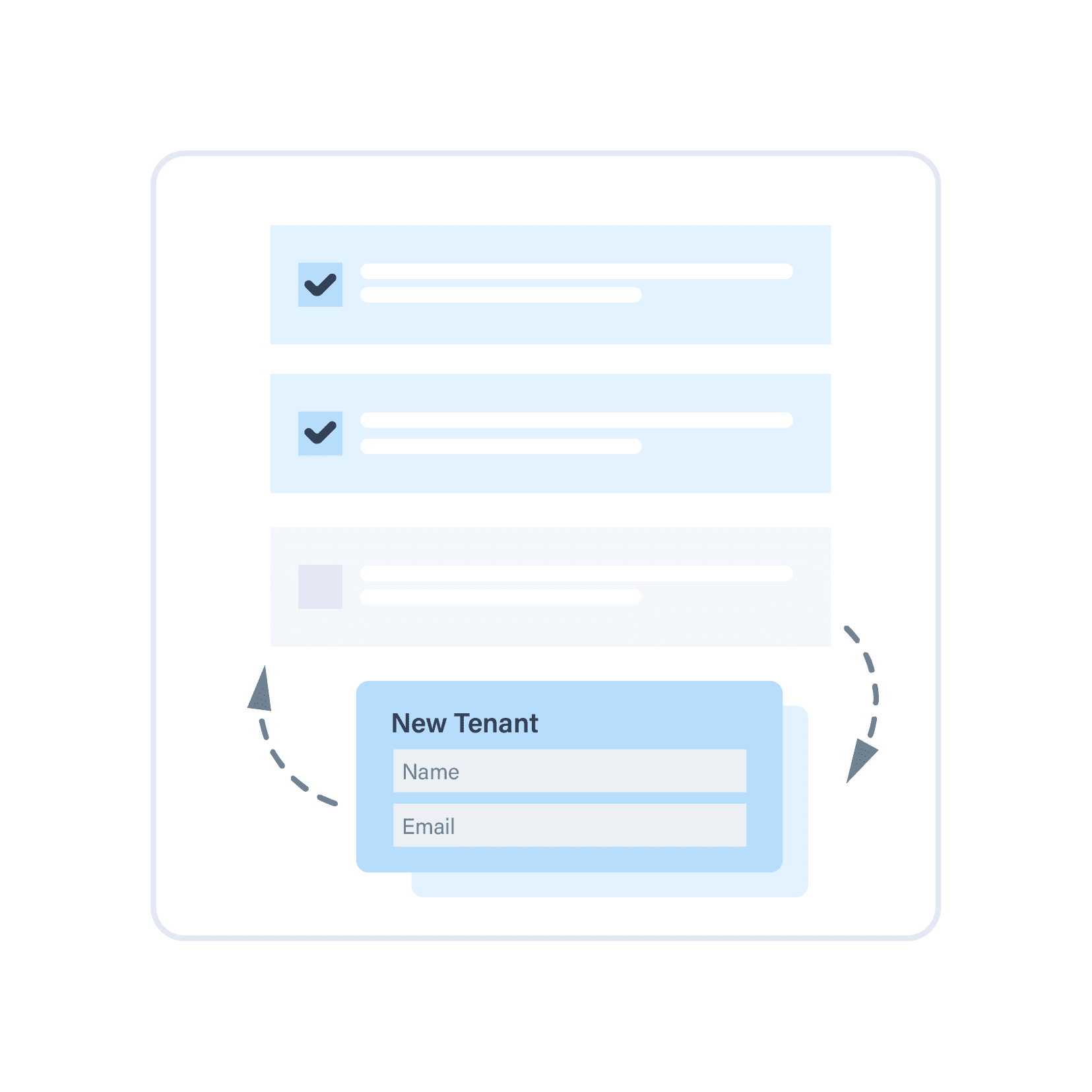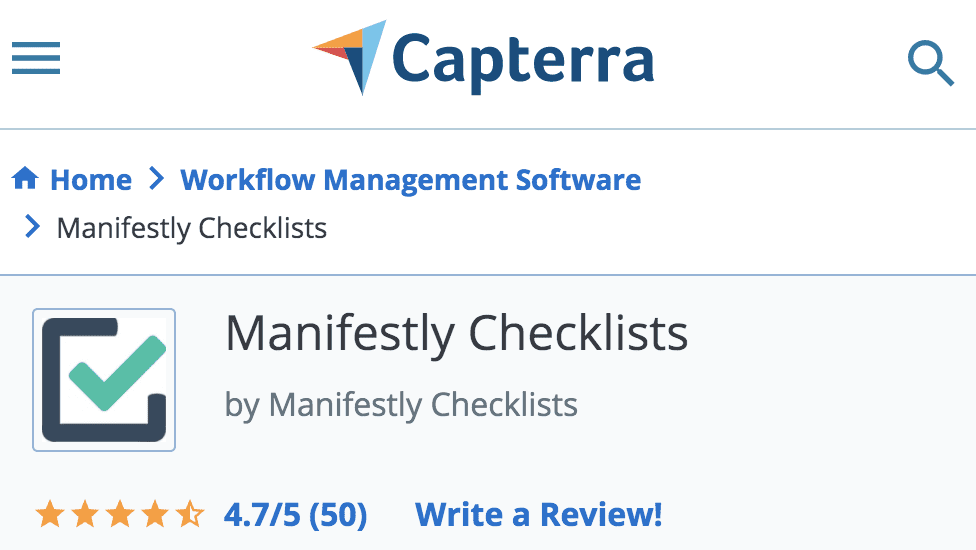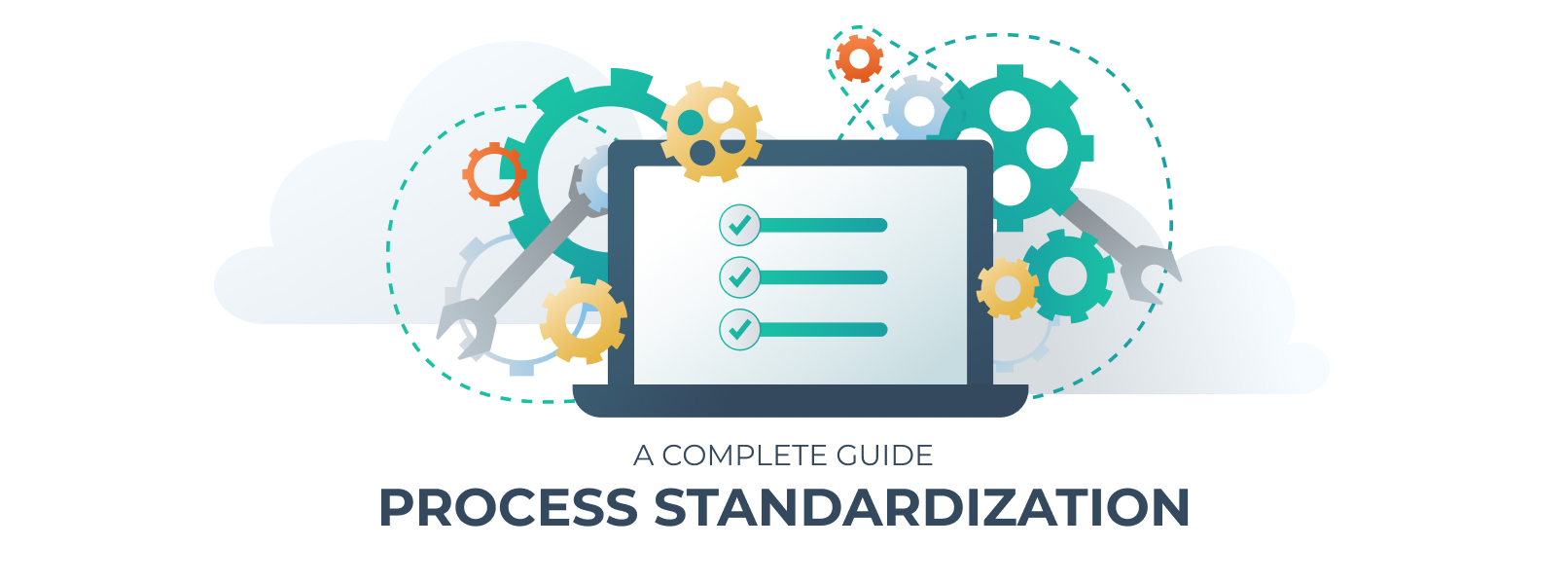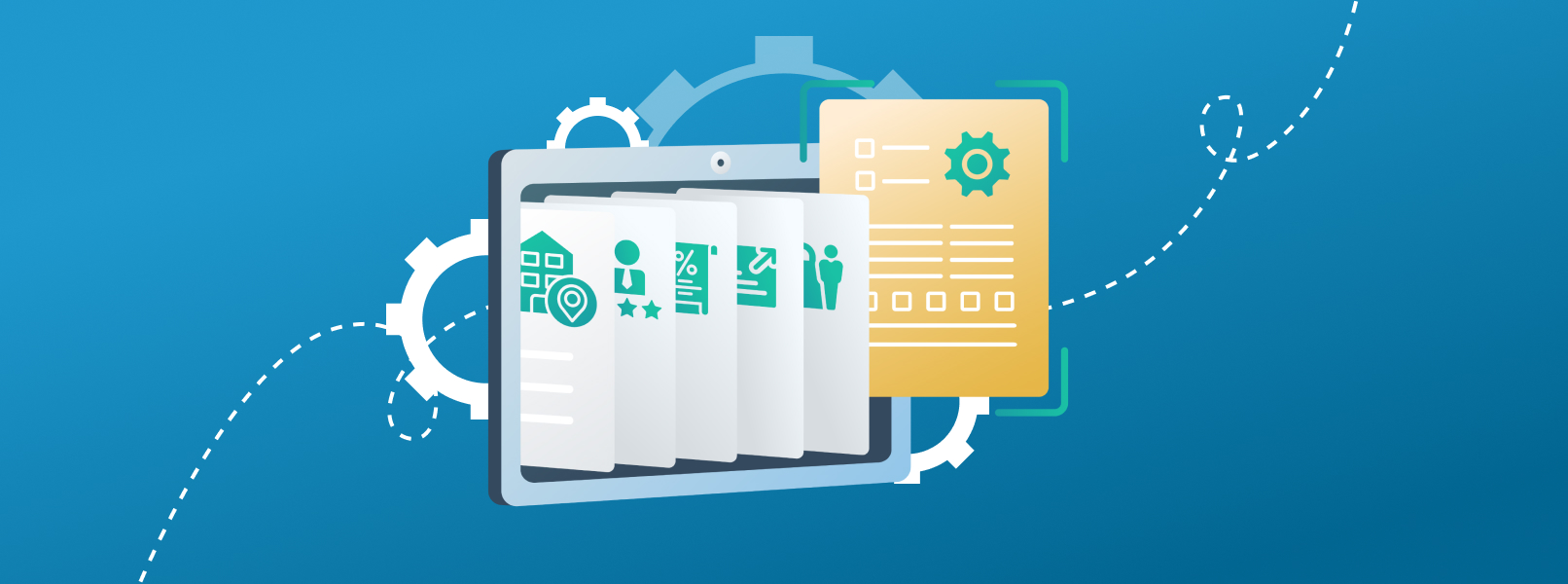In any organization, providing excellent service is crucial for success and customer satisfaction. Two essential tools to ensure this are Operational Level Agreements (OLAs) and Service Level Agreements (SLAs). While they might seem similar at first glance, OLAs, and SLAs serve distinct purposes and facilitate collaboration between different parties. In this blog post, we will delve deeper into both concepts, providing a detailed understanding of their importance and functioning. Furthermore, we will discuss examples and templates to help readers create effective agreements and explore how Manifestly can assist with managing OLAs and SLAs.
What is an Operational Level Agreement (OLA)?
An Operational Level Agreement (OLA) is a formal, internal agreement between various departments or teams within an organization, outlining their responsibilities to one another. The primary purpose of an OLA is to facilitate the proper flow of work and information, ensuring that services are delivered seamlessly to end users.
An OLA generally covers:
- How teams communicate
- Agreement on targets and performance metrics
- Measurement of performance
- Handling of escalations
OLAs are crucial for organizations because they bring clarity to the roles and responsibilities of different units and help maintain service quality. By setting expectations and defining processes, OLAs can help eliminate misunderstandings between teams, leading to enhanced efficiency and better service delivery.
What is a Service Level Agreement (SLA)?
Service Level Agreement (SLA) is a binding contract between a service provider and its customers, outlining the scope, quality, and delivery of services.
SLAs typically encompass multiple elements, including:
- Key performance indicators (KPIs) to measure service quality
- Agreed-upon response times and problem-resolution processes
- Roles and responsibilities of both the service provider and the customer
SLAs are designed to set customers’ expectations, provide clarity on service delivery parameters, and serve as a safety net against potential disputes. By outlining specific performance standards, SLAs can help organizations build trust and strong relationships with their customers, directly impacting customer satisfaction and loyalty.
What’s the difference? OLA vs SLA
While both OLAs and SLAs address service delivery, the primary difference between them pertains to the parties involved. OLAs are agreements between internal service providers such as different business units or teams within an organization, while SLAs are contracts between an external service provider and its customers or clients.
The OLA’s main function is to ensure smooth cooperation among internal stakeholders, contributing significantly to achieving the service levels specified in the SLA. It is essential to have a clear OLA in place because the alignment of different internal teams and their understanding of respective roles and responsibilities can directly impact the fulfillment of SLAs.
To further illustrate the difference between OLAs and SLAs, let’s consider an IT services company providing cloud storage solutions. The company’s development team and its customer support team must collaborate effectively to deliver the required service quality. Therefore, an OLA would be put in place between the teams, detailing their responsibilities and processes for collaboration. On the other hand, clients availing of the cloud storage services would sign an SLA with the company, detailing the service parameters, expectations, and performance metrics.
Operational Level Agreement Template and Example
OLA Example:
Within a software company, an OLA might be established between the development and customer support teams. The development team may be responsible for resolving escalated technical issues, collaborating with other internal teams, and delivering product updates. The customer support team, on the other hand, would be tasked with handling customer inquiries, basic troubleshooting, and coordinating with the development team when more advanced technical support is required. The OLA will articulate the responsibilities of each team, the communication channels to be used, and the deadlines for addressing issues and escalating them if necessary.
OLA Template:
- Introduction/Purpose: Describe the intent of creating the OLA and the desired outcome.
- Scope and Parties Involved: Define the departments or teams involved and the scope of the agreement.
- Roles and Responsibilities: Clearly outline each team’s responsibilities and commitments.
- Communication Protocols: Specify the communication channels and guidelines to be used by the parties involved, including meeting schedules, reporting methods, and escalation points.
- Performance Metrics and Reporting: Define the metrics that will be used to measure the performance of each team, as well as the frequency and format of reporting.
- Escalation Procedures: Detail the steps to be taken when issues arise, the responsibilities of each party in resolving the issue, and escalation points if initial efforts fail.
- Confidentiality and Security: Include any necessary clauses related to the protection of sensitive information shared between teams, as well as any security requirements.
- Review and Amendment Process: Establish a timeline for reviewing the OLA, as well as guidelines for making amendments when necessary.
(Note: You can use our AI website to generate a Organization Level Agreement (OLA) Workflow along with any other workflows.)
Service Level Agreement Template and Example
SLA Example:
A managed services provider (MSP) might have an SLA with clients for IT support and maintenance. The SLA would outline parameters such as response and resolution times, the scope of support (e.g., hardware, software, and network), and any excluded services. It would also provide commitments for maintaining a specific level of system uptime and define the security measures in place to protect clients’ data. Clients might receive credits or other remedies if the MSP fails to meet the agreed-upon service levels.
SLA Template:
- Introduction/Purpose: Describe the intent of creating the SLA and the desired outcome for both parties.
- Scope and Parties Involved: Define the external service provider and the customer, as well as the services to be provided and their scope.
- Services Provided and Exclusions: Detail the specific services included in the agreement, as well as any exclusions or limitations.
- Performance Metrics and Monitoring: Establish the metrics that will be used to measure the service provider’s performance, along with the monitoring and reporting process.
- Response and Resolution Time Commitments: Specify the response and resolution timeframes for different types of issues, categorized by priority or severity.
- Escalation Procedures: Outline the steps to be taken when issues are not resolved within the agreed-upon timeframe or have major impacts on the customer’s operations.
- Penalties and Remedies: Detail any penalties that the service provider may face for failing to meet service level commitments, as well as the remedies available to the customer.
- Confidentiality and Security: Include clauses related to the protection of sensitive customer information and any security requirements to be upheld by the service provider.
- Review and Amendment Process: Establish a timeline and process for reviewing and amending the SLA as necessary.
(Note: You can use our AI website to generate a Service Level Agreement (SLA) Workflow along with any other workflows.)
Important Tips for Writing SLA and OLA
- Ensure clarity: Be specific in defining roles, responsibilities, and metrics to prevent misinterpretations and misunderstandings.
- Be realistic: Set achievable targets and factor in potential challenges when defining performance standards. Avoid over-promising and under-delivering.
- Collaborate: Encourage open communication and mutual understanding among all parties involved in creating OLA and SLA. Engage stakeholders in the development process to ensure their buy-in.
- Adopt a customer-centric approach: Focus on meeting customer needs and expectations, both internally and externally. OLAs should support SLA goals and customer satisfaction.
- Regularly review: Periodically review and update agreements as business needs, technology, or market conditions change. Adapt and evolve with your organization’s growth.
- Legal consultation: Consider consulting with legal experts to ensure that all necessary legal compliance requirements are met, and your agreements protect all parties’ interests.
How Manifestly Can Help You With OLA and SLA
Manifestly is a powerful tool that simplifies the process of creating, implementing, monitoring, and measuring OLAs and SLAs by:
- Providing customizable templates to create clear and effective agreements.
- Creating processes to create OLAs and SLAs as well as schedule regular reviews.
- Allowing seamless collaboration between teams through proper workflow management.
- Automating reminders for performance reviews and updates to ensure timely evaluations and improvements.
- Offering insightful reports and metric tracking to help identify areas for improvement and optimize service delivery.
By utilizing Manifestly, organizations can ensure their OLAs and SLAs stay relevant and up-to-date, and actively contribute to overall service quality and customer satisfaction.
Conclusion for our SLA and OLA Guide
Understanding the differences between OLAs and SLAs and implementing them effectively can significantly impact service quality and customer satisfaction. While OLAs foster smooth collaboration and communication between internal teams, SLAs establish trust and strong relationships between service providers and customers. In today’s competitive landscape, the effective use of these agreements can be essential to gain a competitive edge.
With Manifestly your organization can confidently handle these agreements and optimize your service offering to meet and exceed customer expectations. Embrace the power of OLAs and SLAs, and unlock the potential of exceptional service with Manifestly.

